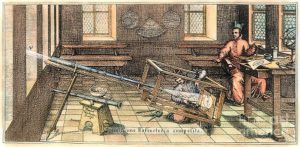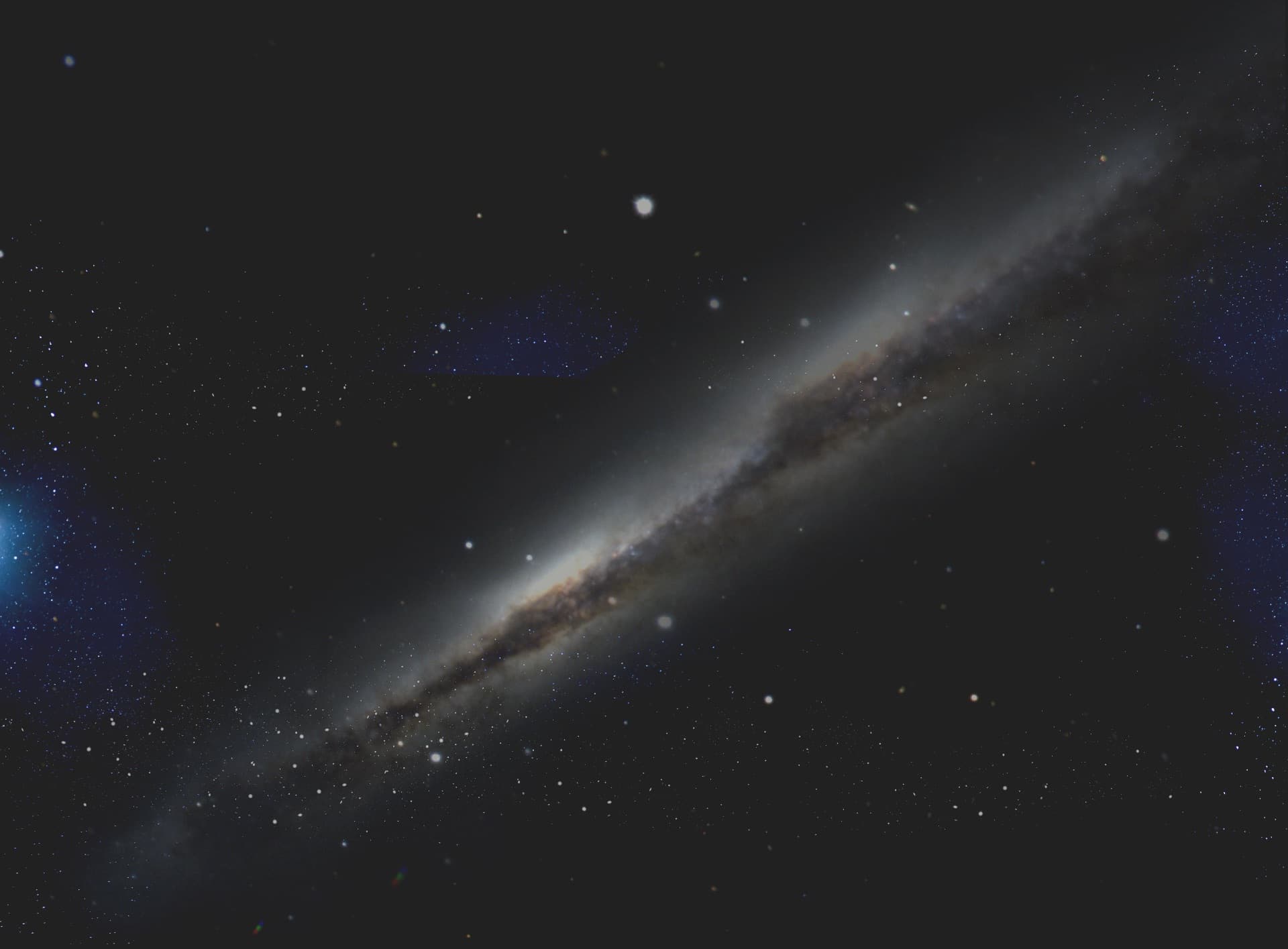 Article
Article- 14 pages
- Level: high school and above
This 2016 article—written by Oddbjørn Engvold of the University of Oslo, Norway, and Jack B. Zirker, of the National Solar Observatory, USA, and published in the Journal for the History of Astronomy—provides an overview that compares and contrasts the solar observations made by Galileo Galilei on one hand, and by Christoph Scheiner of the Society of Jesus on the other. While Galileo is better known, Scheiner would go on to study the sun far more extensively that Galileo, and to become the world’s first true solar astronomer. Engvold and Zirker write:
Scheiner was a keen observer, who shares with Galileo the credit of discovering and describing many of the sunspot phenomena we know today. He recorded the behaviour of sunspots, sometime several times per day, allegedly over 16 years. From this mass of data, he deduced several important properties of the Sun, such as the latitude variation of rotation, as well as the small tilt of the solar axis. Independently of Galileo, he described in meticulous detail the life cycle of sunspots and their associated faculae. Lacking any knowledge of physics, he thought sunspots were dense solid bodies floating in an incandescent fluid surface. He even ventured to speculate on the depth variation of solar rotation and the birth of sunspots in a violent solar interior.
He invented a scheme for determining the precise locations of sunspots and was able to therefore distinguish their proper motions. He also developed such observational tools as the equatorial mount, the back projection scheme, and the wide-field eyepiece.
Scheiner struggled to overcome his religious convictions regarding the perfection of the heavenly bodies. In the end, he trusted the evidence of his eyes and rejected the orthodox Aristotelian worldview. However, he stubbornly rejected Copernicus’ heliocentric model and adopted instead the Tychonic geocentric model. This was a rational alternative, which could not be disproved for two centuries. Many breakthroughs in science are based on strong evidence, but the ultimate answers rely on the proof. The final proof of the revolution of the Earth was delayed until Bessel detected the annual stellar parallax in 1838.
Click here to access this article from The Journal for the History of Astronomy.
Click here to access this article from NASA/ADS.
